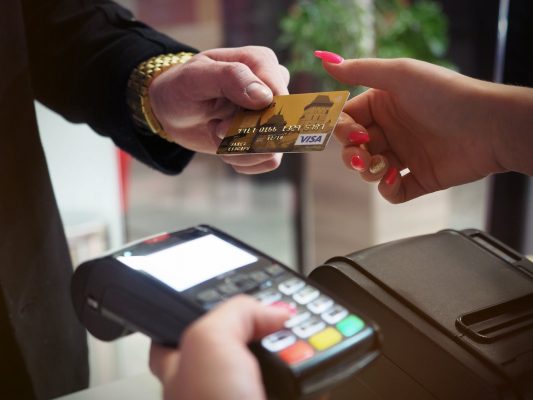Currently, in the technological and global era, people need speed and convenience in everything, including the case in financial transactions. One of the facilities that support financial transactions is a banking EDC machine. In e-commerce in particular, efficient technology is critical to a successful customer experience.
As payment speed and convenience are key in this industry, reliable and fast-moving technology is essential for merchants both in-house and online. Today many consumers prefer to pay by card, so merchants need the ability to accept this popular payment method. Customers can pay for products or services without cash due to Electronic Data Capture (EDC)
What is EDC machine
EDC stands for “Electronic Data Capture” and is a computer-based system designed to capture clinical data in an electronic format. Electronic payments cannot be made without EDC capabilities. When a customer uses a payment method such as a card or even a digital wallet, EDC is a technology that takes the customer’s banking information and captures the draft, or amount due.
Then after the funds are secured, the funds will be sent directly to the merchant’s account. In essence, EDC is a point of sale (POS) move that closes a transaction. After the payment is made by the buyer, the funds will be directly deposited into the merchant’s account, indicating that the process has been completed. Therefore all electronic business transactions depend on EDC.
Based on its use, the EDC machine has many uses, both from the seller’s or merchant’s side and for the customer. The functions or benefits offered by this machine in addition to facilitating payment transactions, among others, can be used as a cash swipe tool, minimize negative risks and prevent payments with counterfeit money, as well as being effective and efficient for both parties.
Point of Sale Transaction Steps and Electronic Authorization
POS refers to the process by which a buyer purchases a product or service. When done in person, POS takes place at the register, which has an integrated POS system, which is often also referred to as a terminal. For online transactions, POS is the checkout page when the customer enters data into the payment field. In face-to-face transactions, the merchant enters the goods to be purchased into the POS terminal.
After the total is calculated, the buyer must choose a payment method. At this point, if the buyer uses a card instead of cash, then they will swipe their card into the POS terminal, which with EDC capabilities via a magstripe reader the buyer’s account authorization will be carried out, and then, once the sale is approved, the EDC will activate the initiation of funds from the account. buyer. After that the sale is considered completed when the funds are deposited into the merchant’s account.
How Electronic Draft Capture Works
The payment process that takes place between the seller and the buyer through EDC technology has the advantage of being a fast and secure process. As noted, the POS terminal integrates EDC capabilities to then initiate a draft and deposit the payable amount to the merchant. After that from there, the transfer starts. This process is a direct link from the merchant’s terminal to the buyer’s account.
EDC is part of the modern payment process. Today almost every business has accepted cashless payments and is choosing EDC as part of their transaction path. The speed and convenience of EDC is considered to provide convenience and security for transactions in the eyes of the public.
- Paper.id & HIPMI Sign MOU to Enhance Digitalization & Processes - October 2, 2022
- 4 Ways to Boost SMEs Success - August 16, 2022
- Paper.id & Blibli Collaborate to Streamline E-Commerce Invoice - July 25, 2022

